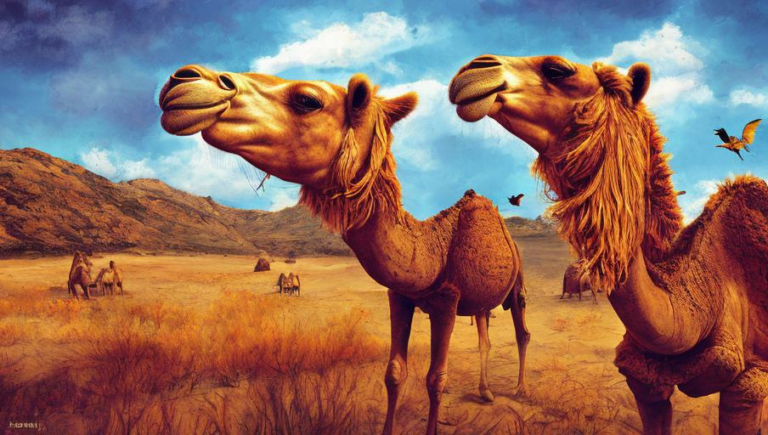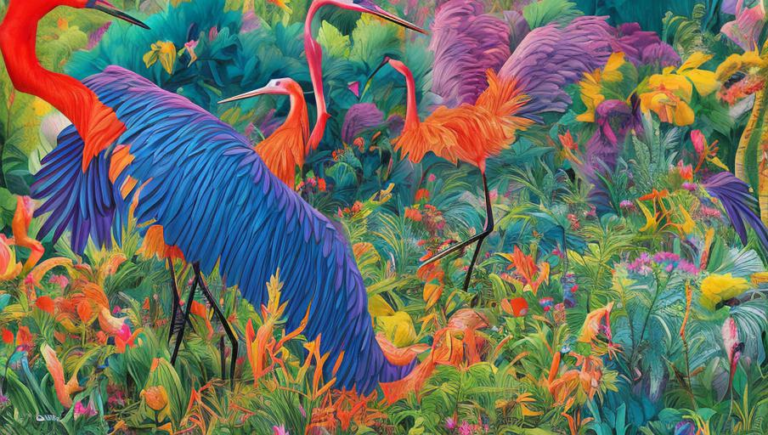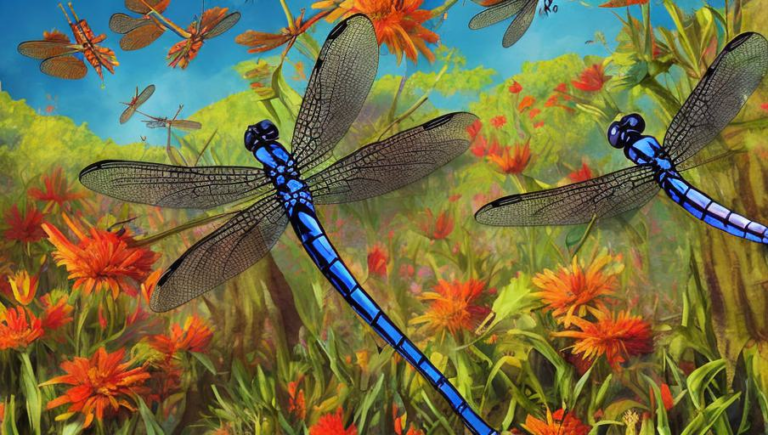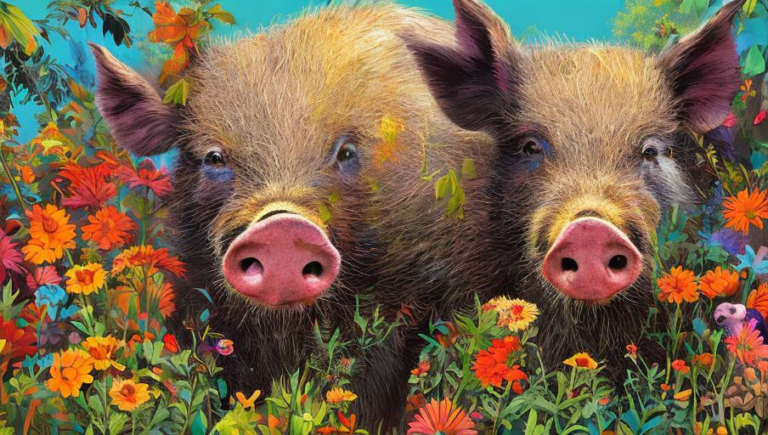Venerable Habitats of the Chinchilla
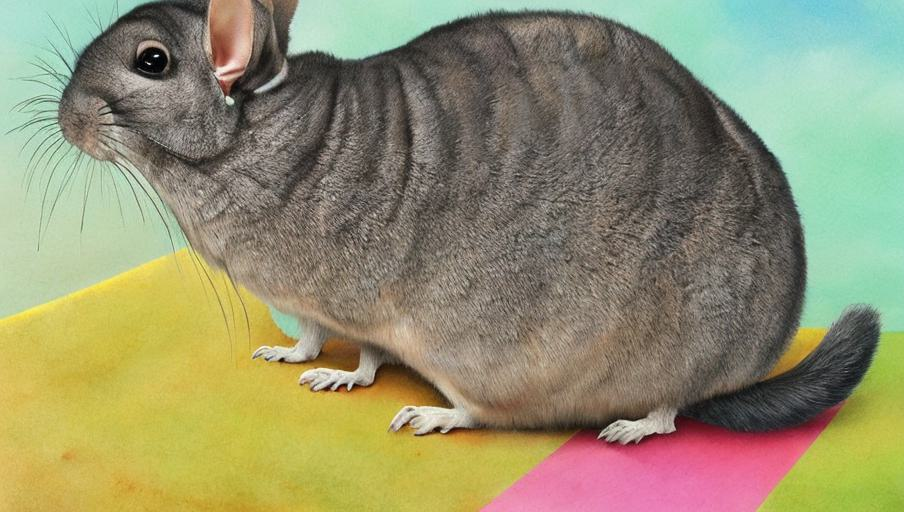
The Venerable Habitats of the Chinchilla
The chinchilla is a small, nocturnal rodent native to the Andes Mountains of South America. Although they are a popular pet, their original habitats are in danger of destruction, due to deforestation and climate change. Fortunately, conservation efforts have been put in place to protect their vulnerable habitats and the species.
The Chinchilla’s Natural Habitat
The chinchilla’s native habitats are located in the Andes Mountains of Peru, Bolivia, Chile, and Argentina. The mountains provide the perfect environment for the chinchilla, with its rocky terrain, cold temperatures, and high levels of rainfall. They can also be found in scrubland, grassland, and shrubland, where they can feed on vegetation and insects.
Chinchillas are social animals, preferring to live in groups in burrows. These burrows are often found in crevices of rocks, where they can hide from predators. The groups of chinchillas usually consist of a single male, several females, and the young.
Threats to the Chinchilla’s Habitat
The chinchilla’s natural habitat is threatened by deforestation and climate change. Deforestation has been occurring in the Andes Mountains for years, and this has led to a decrease in the available habitat for the chinchilla. Climate change has also had an impact on the species, as it has caused the temperature to increase, which can be detrimental to the chinchilla’s wellbeing.
The chinchilla is also threatened by hunting and trapping, which have been occurring since the 19th century. The fur of the chinchilla is highly sought-after, and this has led to over-hunting of the species. This has caused their numbers to drastically decrease, and they are now considered to be vulnerable to extinction.
Conservation Efforts to Protect the Chinchilla
In order to protect the chinchilla, conservation efforts have been put in place. These include habitat protection, reintroduction programs, and captive breeding. Habitat protection initiatives have been put in place to limit deforestation and prevent the destruction of their natural habitats. Reintroduction programs involve the release of captive-bred chinchillas into the wild, in order to increase the species’ population. Captive breeding involves the breeding of chinchillas in captivity, in order to increase their numbers.
Conservation efforts have also been put in place to regulate hunting and trapping of the chinchilla. Hunting and trapping of the species is now illegal in most countries, and there are restrictions in place to limit the number of animals that can be hunted or trapped. Additionally, there are also regulations in place to ensure that the fur of the chinchilla is obtained humanely.
Conclusion
The chinchilla is a unique and fascinating creature, and their habitats are vital to their survival. Unfortunately, their habitats have been threatened by deforestation and climate change, as well as over-hunting and trapping. Fortunately, conservation efforts have been put in place to protect the chinchilla and their habitats, ensuring that they remain a part of our planet for years to come.
